13 Cooking Rules You Should Actually Break
Challenge conventional wisdom in the kitchen by discovering the cooking rules that are better left ignored for a more creative and enjoyable cooking experience.
- Chris Graciano
- 4 min read
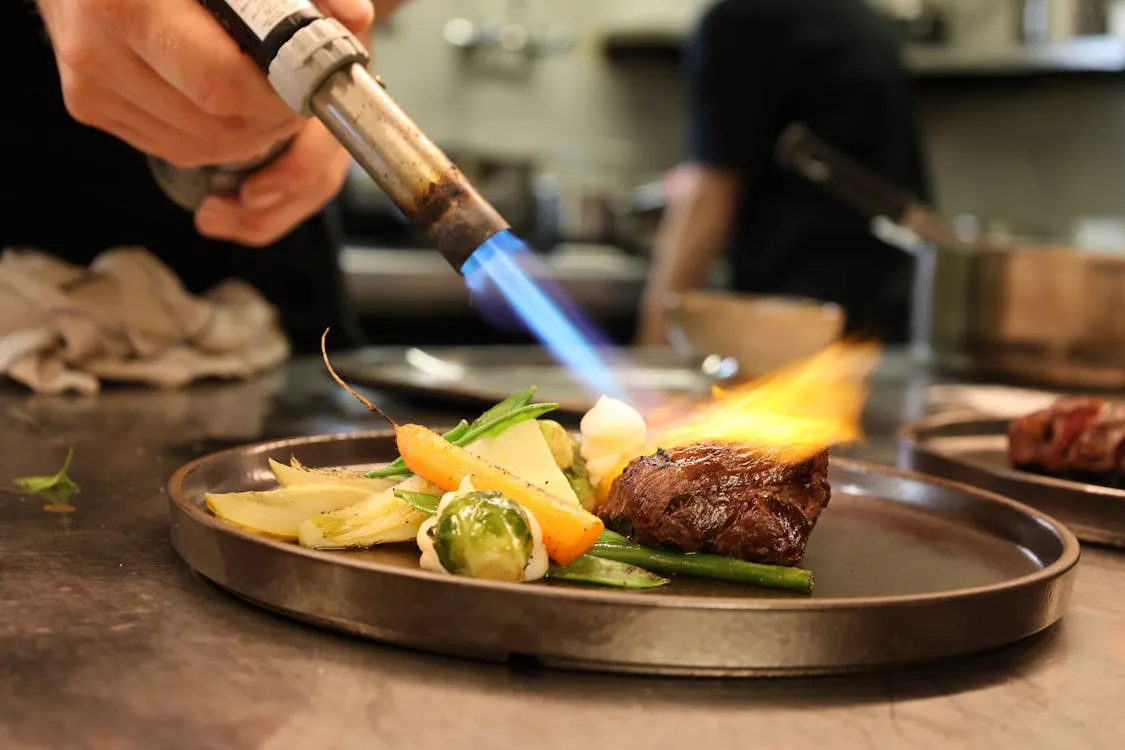
Not all cooking rules are sacred. Some age-old advice can actually stifle creativity or complicate your time in the kitchen unnecessarily. This list highlights 13 common culinary “rules” you should feel confident breaking, offering fresh perspectives that make cooking more fun, flexible, and flavorful.
1. Always Follow the Recipe Exactly
 Isaiah on Pexels
Isaiah on Pexels
Recipes serve as guidelines, not commandments. Strict adherence can limit creativity or prevent adjustments for taste and dietary needs. Professional chefs often improvise based on what’s available or how they feel. Trust your instincts and treat recipes as inspiration rather than law.
2. Only Use Fresh Herbs, Never Dried
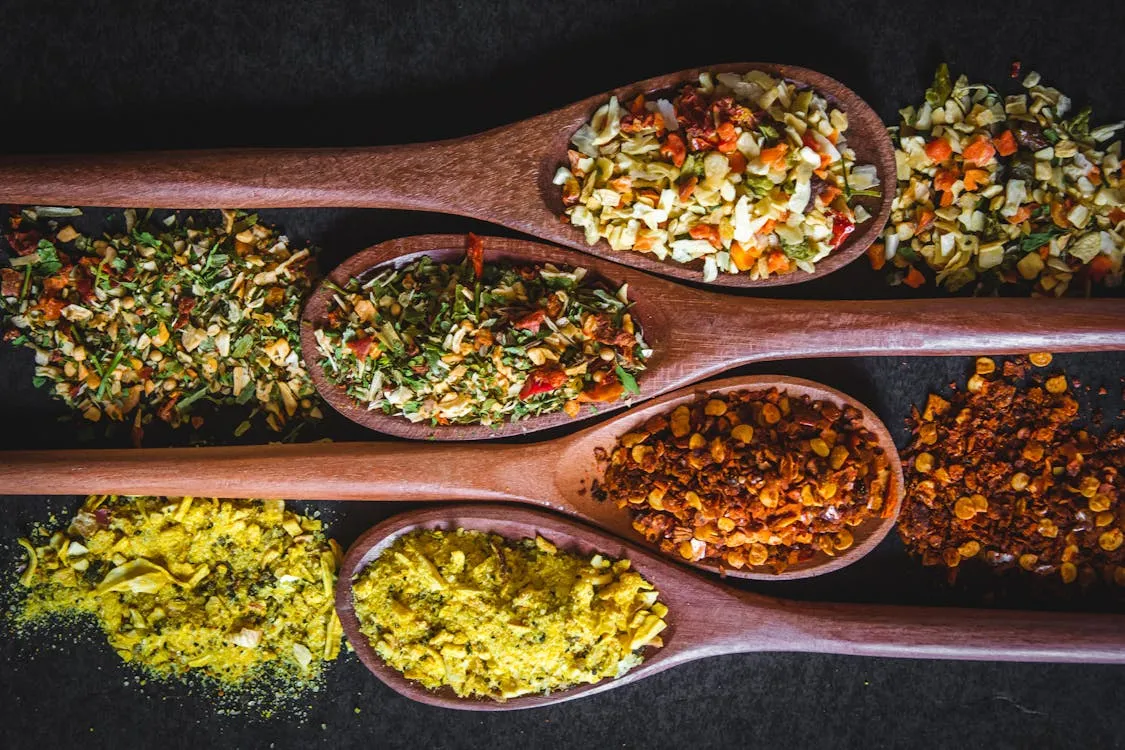 Vinícius Caricatte on Pexels
Vinícius Caricatte on Pexels
Fresh herbs are fantastic, but dried herbs are great, too. Dried herbs often pack a more concentrated flavor and are great for slow-cooked dishes. Plus, they have a longer shelf life and are convenient. The key is knowing when and how to use each type of herb effectively.
3. Don’t Skip Preheating the Oven
 SHVETS production on Pexels
SHVETS production on Pexels
While preheating is essential for baking, some dishes like roasts or casseroles don’t require a fully preheated oven. Starting in a cold oven can even help certain recipes cook more evenly. Evaluate the recipe’s needs before deciding if preheating is worth the wait.
4. Always Cook With Wine You’d Drink
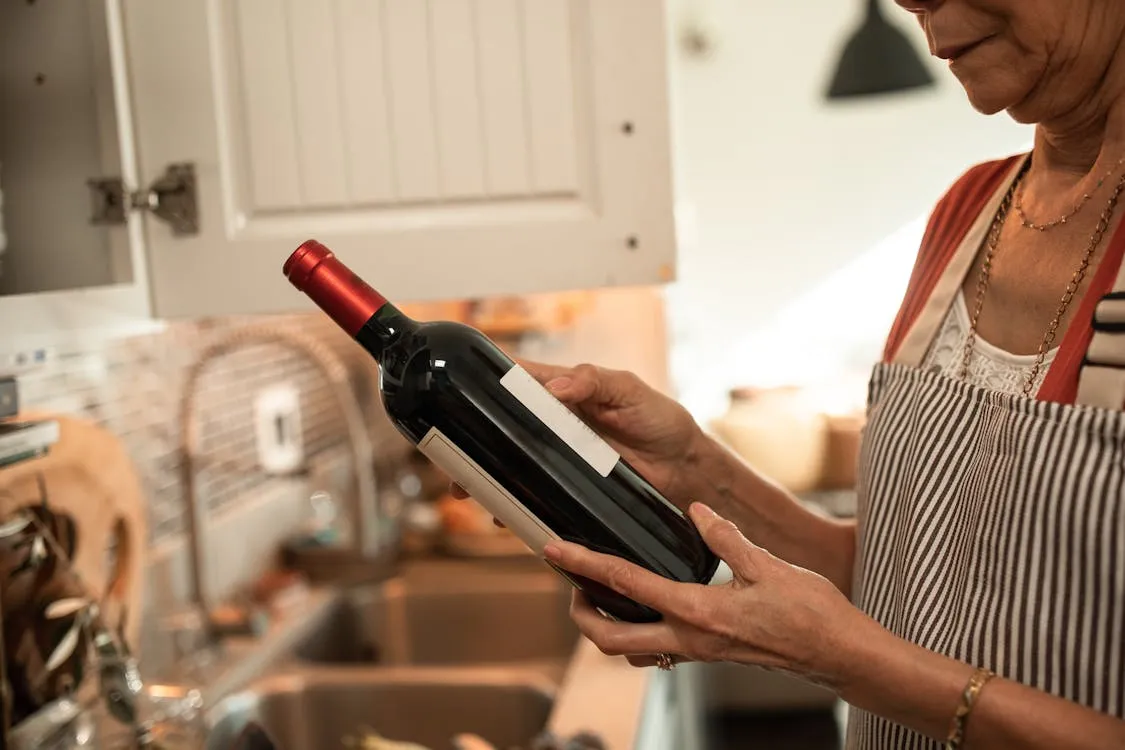 RDNE Stock project on Pexels
RDNE Stock project on Pexels
The idea that you must cook with high-quality wine is a myth. Once wine reduces in a dish, its subtleties disappear, leaving behind its core flavors. A decent, inexpensive option works just fine for most recipes. Save the good stuff for sipping.
5. Never Wash Mushrooms
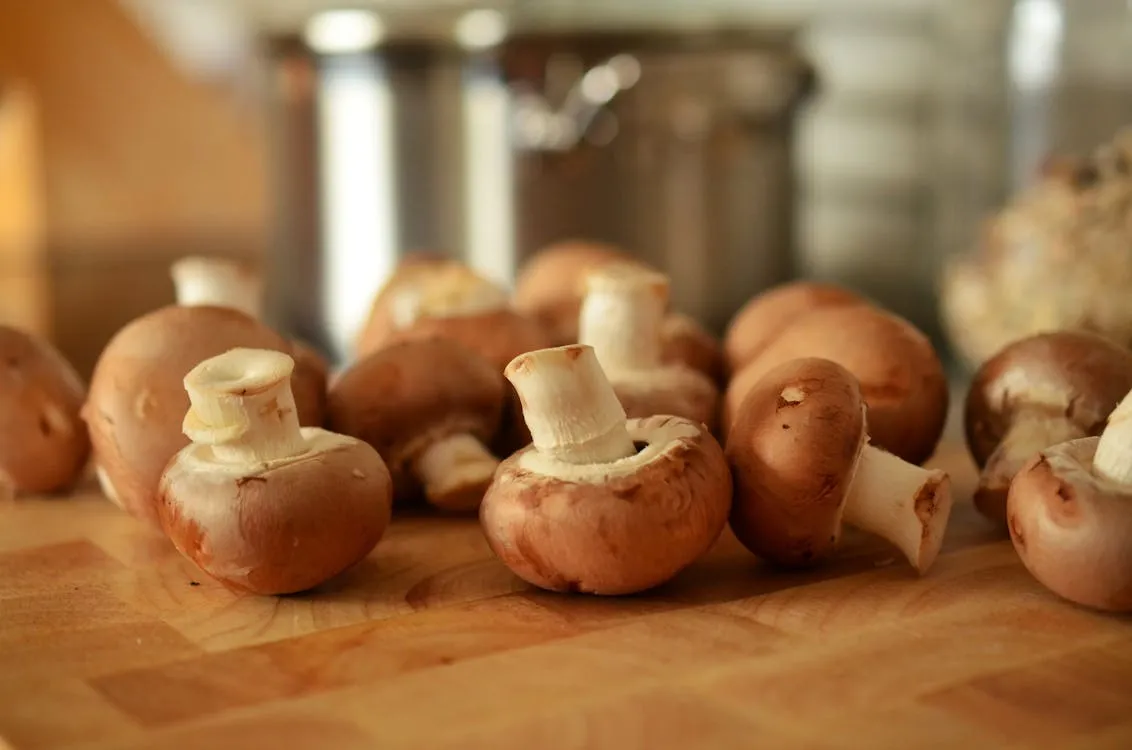 Pixabay on Pexels
Pixabay on Pexels
Mushrooms absorb water, but a quick rinse won’t harm them as long as you dry them thoroughly. Skipping the wash can leave grit and dirt in your dish. Washing mushrooms properly saves time and ensures a cleaner result without compromising flavor or texture.
6. Don’t Salt Pasta Water Too Much
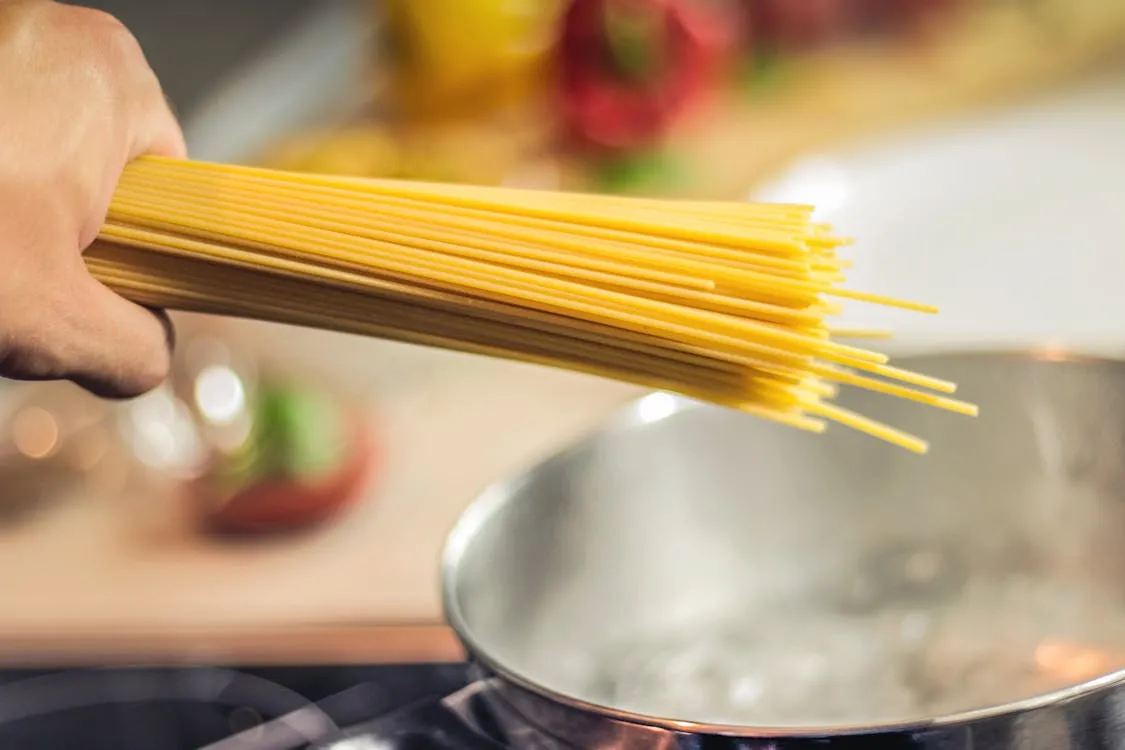 JÉSHOOTS on Pexels
JÉSHOOTS on Pexels
The advice to make pasta water “salty like the sea” can lead to overly salty pasta. Instead, aim for moderately seasoned water that enhances the pasta’s flavor without overpowering it. You can always adjust salt levels in the sauce later.
7. Always Peel Vegetables
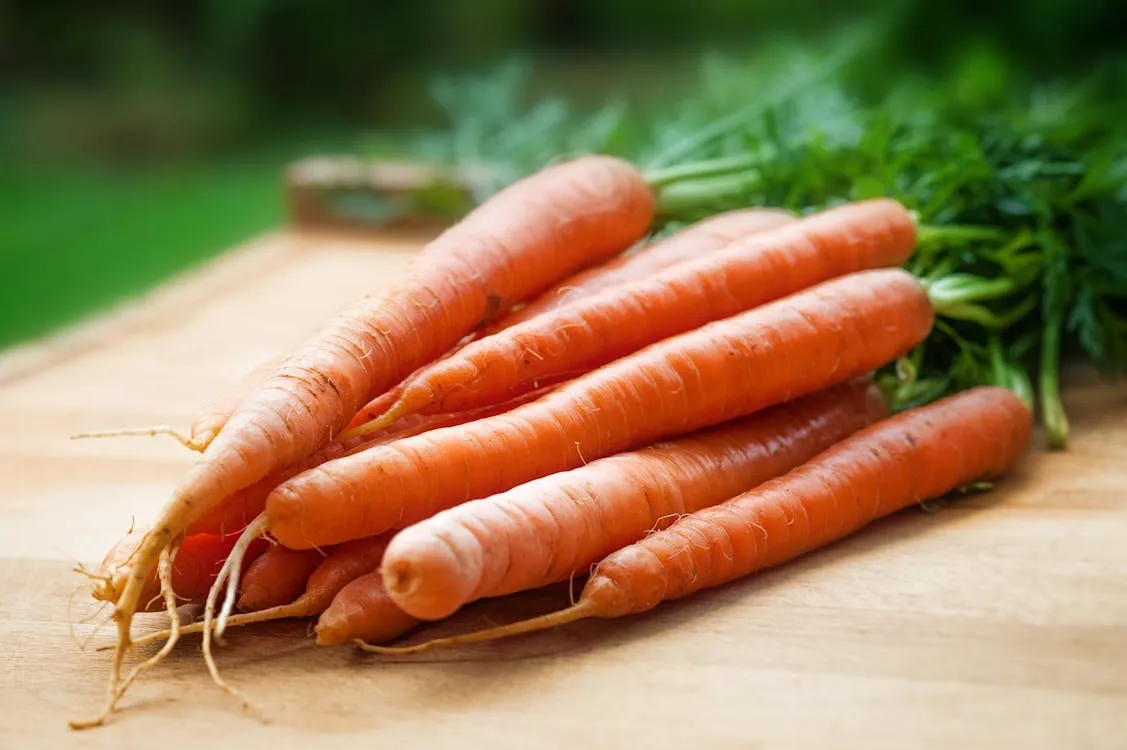 mali maeder on Pexels
mali maeder on Pexels
Peels often contain nutrients and flavors that shouldn’t be wasted. Whether you’re using potatoes, carrots, or apples, leaving the skin on can add texture and complexity. Wash the vegetables thoroughly and skip peeling unless the recipe specifically demands it.
8. Searing Meat Locks in Juices
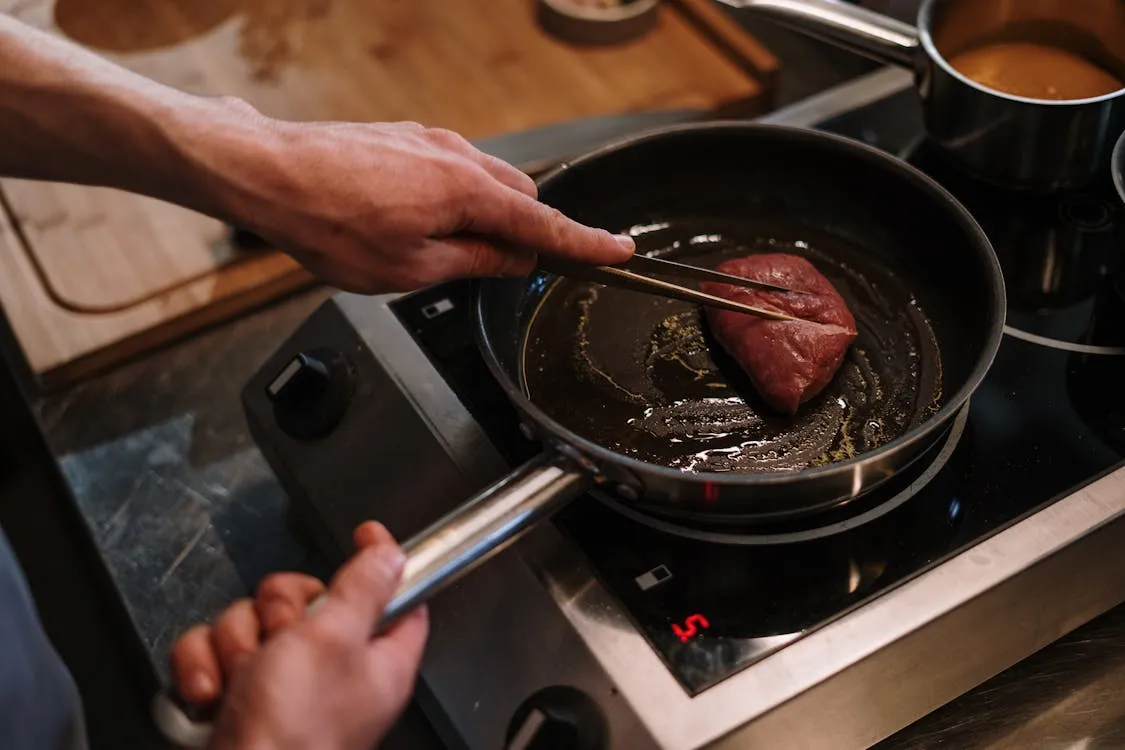 cottonbro studio on Pexels
cottonbro studio on Pexels
Searing doesn’t “seal” juices. What it does is create a flavorful crust that enhances the overall dish. If you’re short on time, skipping the sear won’t ruin your meat; it’ll just taste slightly different.
9. Never Flip Food More Than Once
 RDNE Stock project on Pexels
RDNE Stock project on Pexels
The single-flip rule is overrated. Frequent flipping can actually help food cook evenly and prevent burning. Whether it’s a burger patty or chicken, trust your judgment and flip as needed for the best results.
10. Always Serve Meat Piping Hot
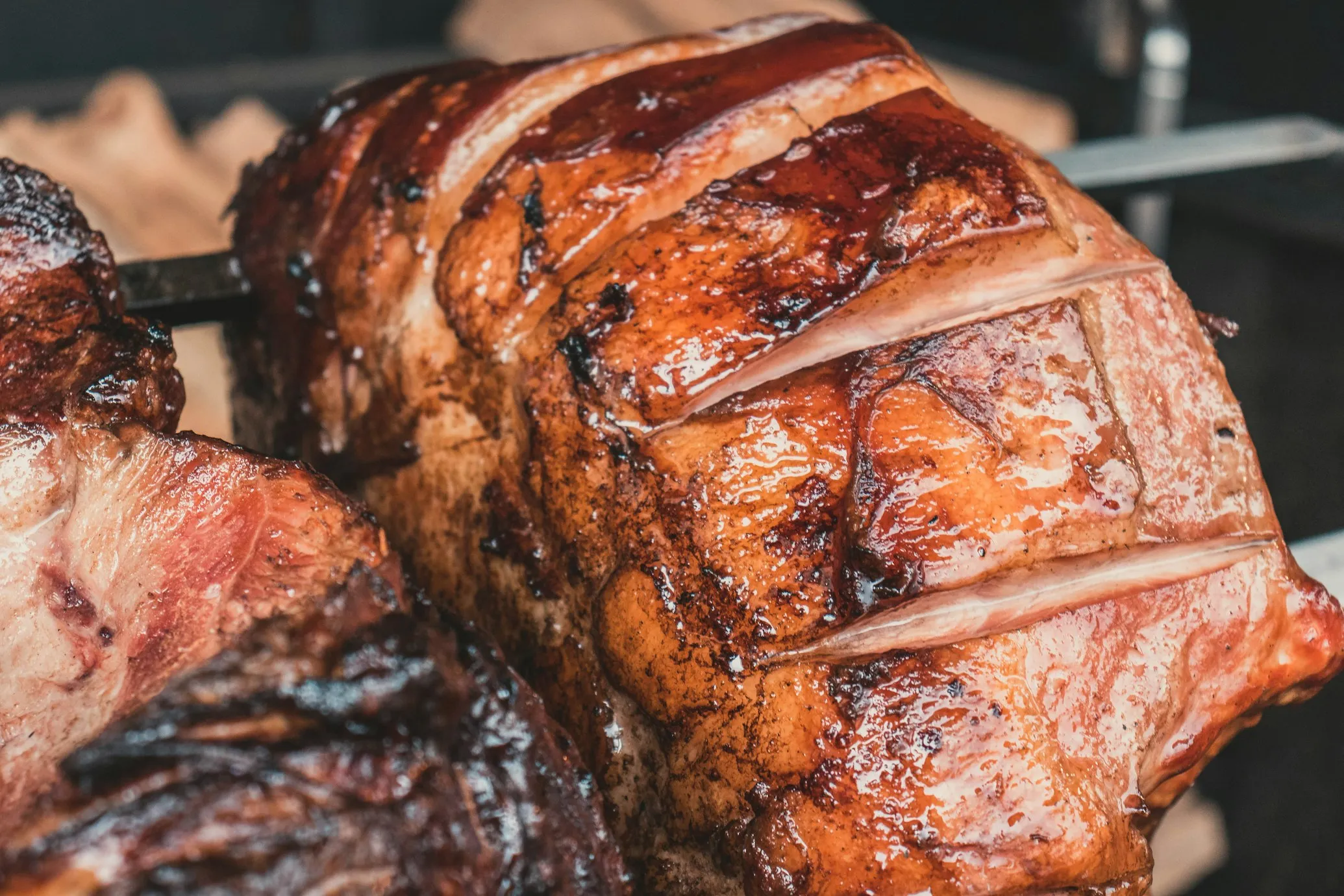 Christian Wiediger on Unsplash
Christian Wiediger on Unsplash
Resting meat after cooking is not only for moisture retention but also to balance the temperature for a better eating experience. Serving meat too hot can dull its flavor and make it harder to enjoy. A brief rest lets the juices redistribute and intensifies the taste.
11. Never Add Salt Until the End
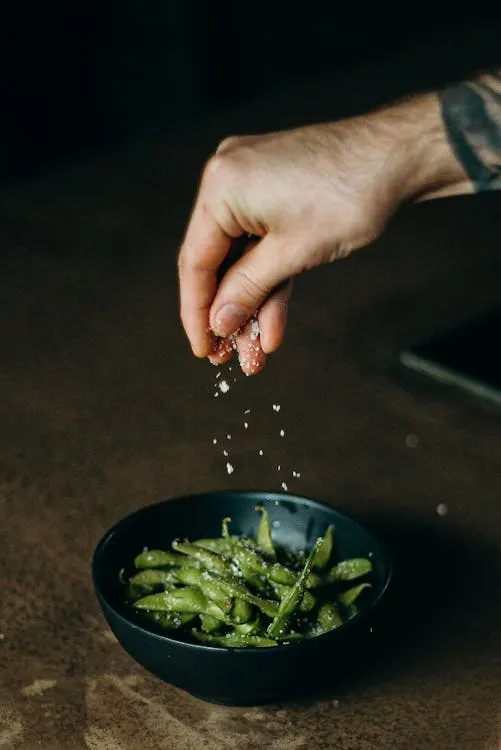 cottonbro studio on Pexels
cottonbro studio on Pexels
Salting early can enhance the depth of flavor as the ingredients cook. Waiting until the end might result in a dish that tastes flat or unevenly seasoned. The trick is to salt in layers throughout the process and adjust to taste at the finish.
12. Stick to Exact Baking Measurements
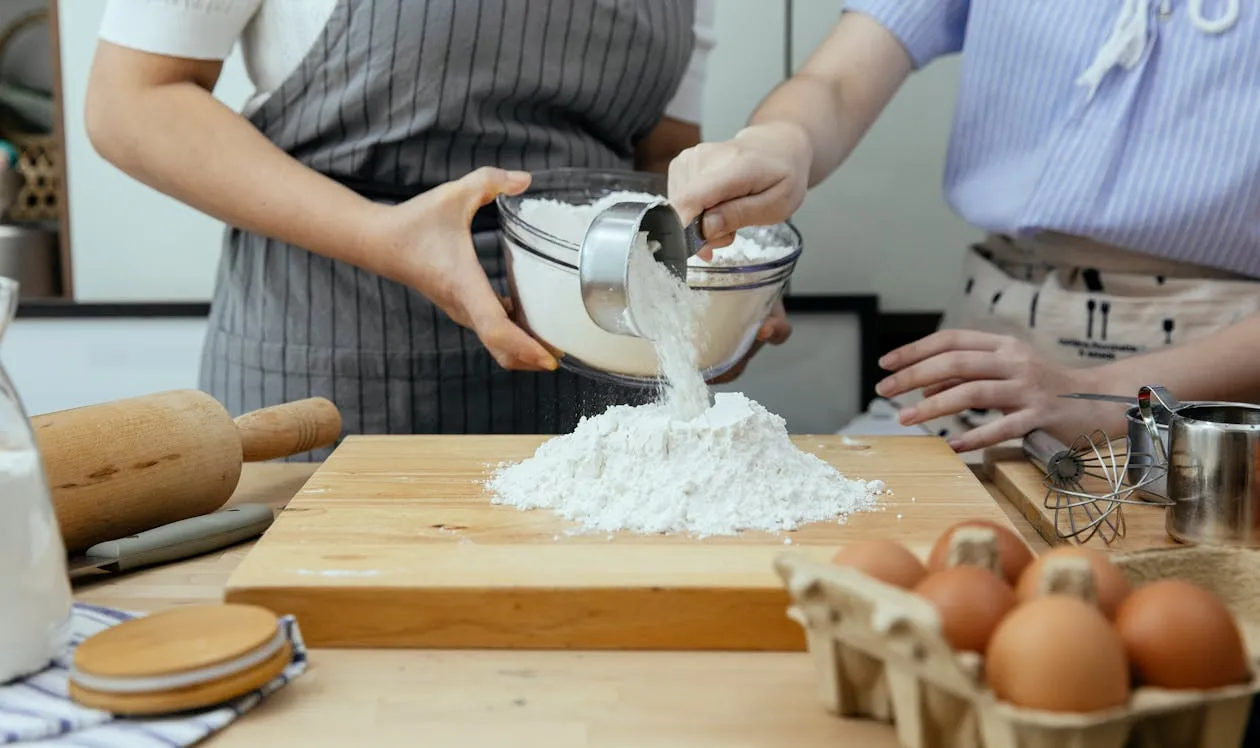 Katerina Holmes on Pexels
Katerina Holmes on Pexels
There is science in baking, but that doesn’t mean there’s no room for creativity. You can tweak recipes to suit your preferences. Try experimenting with flavors, textures, and substitutions to create a recipe that’s truly yours.
13. Only Use Non-Stick Pans for Sticky Foods
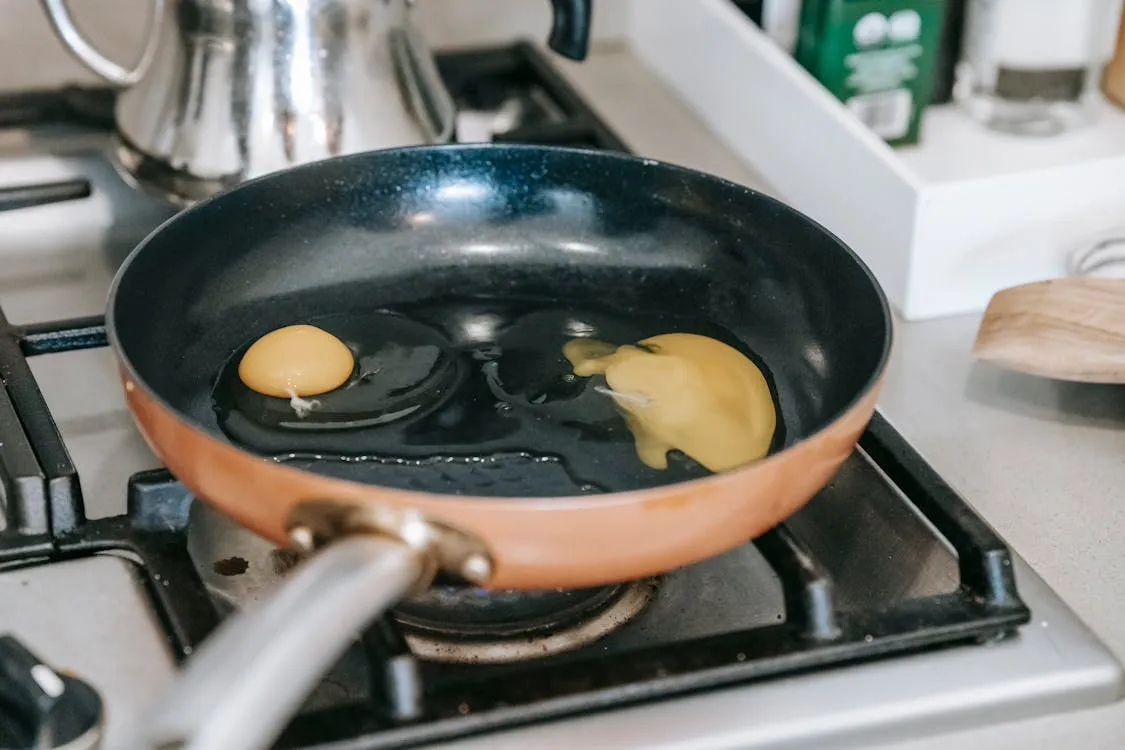 Sarah Chai on Pexels
Sarah Chai on Pexels
Nonstick pans aren’t the only solution for delicate foods like eggs or fish. Well-seasoned cast iron or stainless steel pans can handle these tasks beautifully with the right technique. Plus, they offer better browning and last longer than nonstick options.